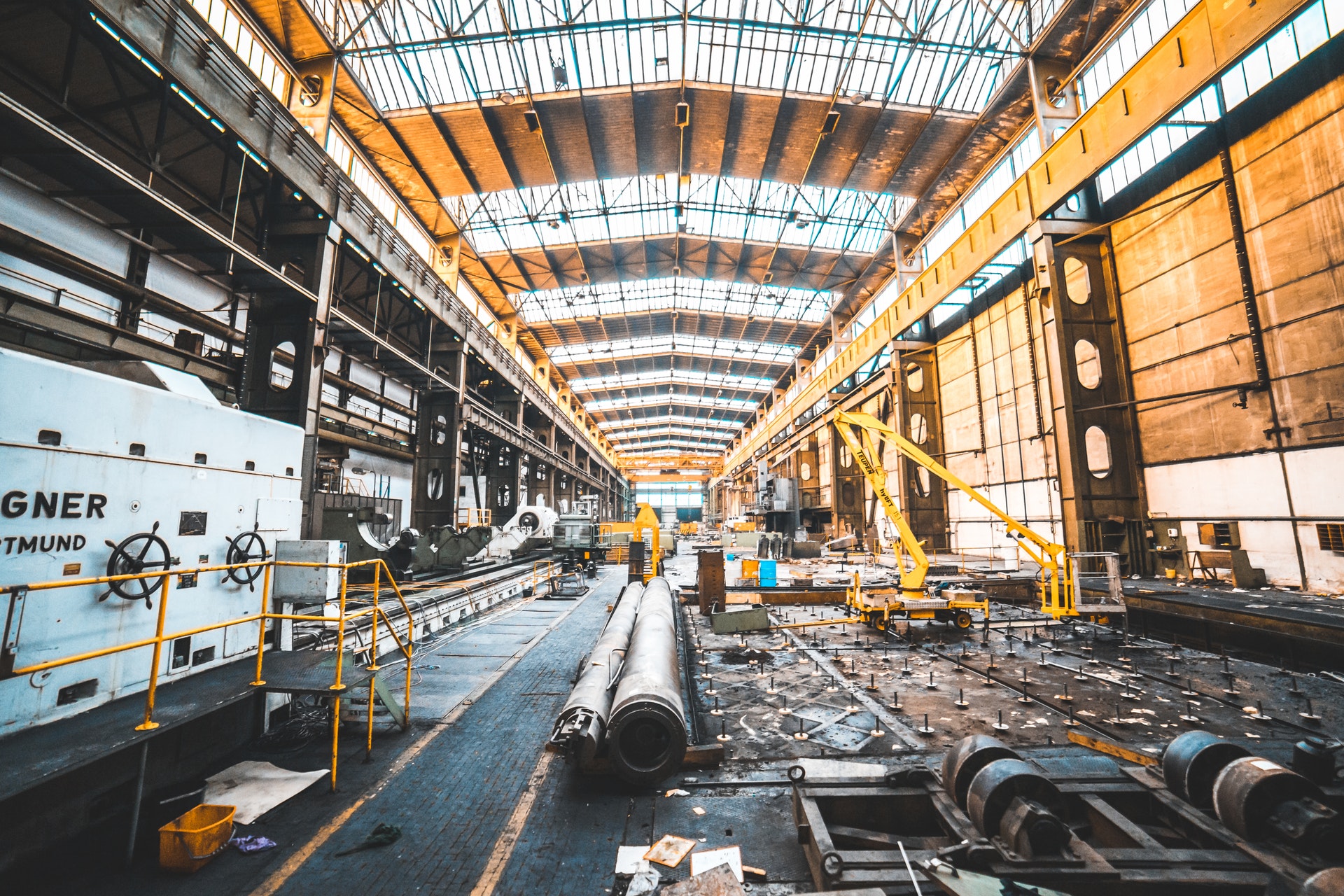When considering a maintenance strategy, the more common ones you are most likely to come across will include the proactive maintenance strategies: Preventative and Predictive maintenance.
However, though they are both classified as proactive, there are some key differences between them that could help you decide which one would be best for your organization. We’ll discuss those briefly below. But before that, let’s look at the basics of both strategies.
The Basics of Preventative Maintenance
Preventative maintenance (PM), also known as preventive/planned/scheduled maintenance, is a program where even though all your assets are functioning normally, your technicians still perform some pre-programmed and basic routine maintenance tasks such as oil changes and temperature checks to ensure that all is well with the facility. They do this to prevent unplanned shutdowns and to forestall emergency maintenance issues.
You could compare this to the routine servicing that your car undergoes after some hours of usage. There’s nothing wrong with the vehicle but taking the time to have it checked gives the mechanic the chance to observe something you never noticed or just to prevent a more serious problem later, especially at a time when you really need the car to get to an appointment!
That’s the same way that preventative maintenance helps your technicians to catch any potential problem, prevent equipment failures, and help to extend the useful lifespan of your physical assets.
The Basics of Predictive Maintenance
In a predictive maintenance (PdM) program, maintenance activities are based on the running condition of the equipment. PdM works with specific sensors to monitor certain parameters in a machine. Some of the most common parameters include oil analysis, vibration, heat, noise, and ultrasound.
If the sensors record any deviation in these parameters, it signals the beginning of deterioration in the asset’s “health.” They can then trigger an action, usually an alert or notification, that lets the maintenance team know that their attention is required.
The idea behind PdM is to arrest machine failure before it even happens by giving its users adequate time to schedule a repair at the most convenient time.
Comparing Preventative and Predictive Maintenance
Although strategies have an important place in modern maintenance management, there are clear differences in execution.
First of all, preventative maintenance means that parts are replaced based on a calendar or some other assumption. Unfortunately, this leaves room for waste. You cannot completely rule out the possibility that some components that were changed just because it’s “time” to change them were actually still useful. Whereas, with PdM, parts are only replaced when there is evidence that they are about failing.
Secondly, PdM significantly reduces the need to tinker with assets unnecessarily. For example, inspections can happen with minimal human intervention unlike in preventative maintenance where a technician may have to open up a machine to inspect it. Many times, this causes more problems later.
That said, not predictive technology may not be suitable for all organizations, especially companies with small to medium scale maintenance operations because of the initial capital investment required.
Final analysis
Preventative maintenance is performed at regular intervals, while predictive maintenance is performed only when needed. Also, preventative maintenance is generally less expensive to operate but less precise while predictive maintenance is more expensive but more precise in the insight it gives.
Choosing the right maintenance program for your organization will depend on several factors such as how large your operations are and the complexity of the equipment that you own. But whatever program you choose, tools like a computerized maintenance management system (CMMS) will help you to succeed right from the implementation stage right to sustaining smooth operations for many years.
Free Demo
No matter what stage you are in your maintenance journey, we can partner with you to improve your operations with our feature-rich CMMS. Contact us today for a free demo.
Free DemoFree Demo






